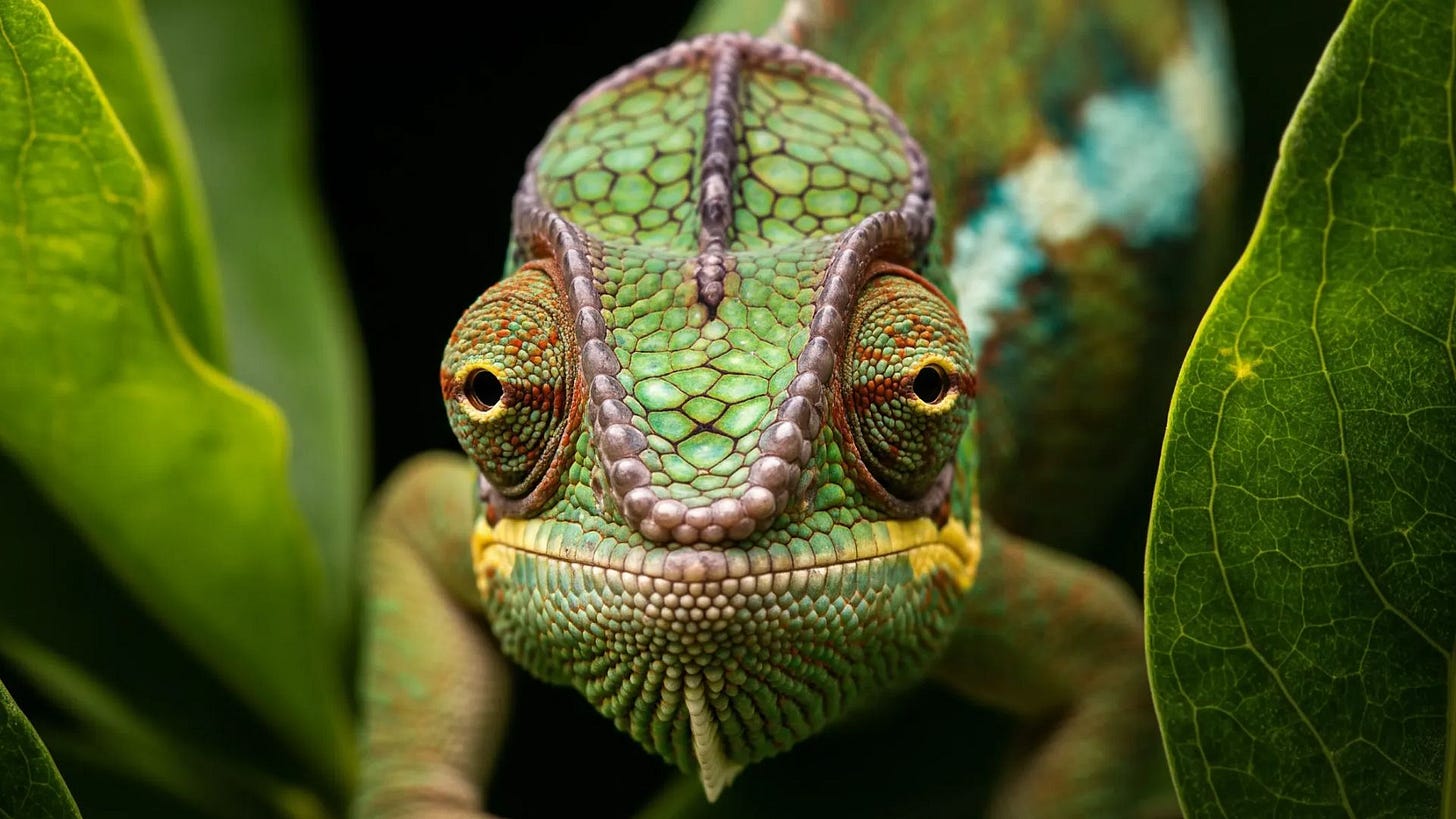Imagen 4 is Now Supported in Flux Labs AI
You can now use Google's latest and most powerful image model, Imagen 4 in Flux Labs AI. Here's how to use it and example images to showcase its capabilities.
Google just dropped Imagen 4, its most powerful AI image model yet, during the Google I/O 2025 keynote.
Some of the key highlights in this new image model are the following:
Photorealistic images
Sharper clarity
Improved spelling and typography
Multilingual prompt support to help creators globally
API access was made immediately available to developers, so I …
Keep reading with a 7-day free trial
Subscribe to Generative AI Publication to keep reading this post and get 7 days of free access to the full post archives.


